
Massillon Tigers – Kickoff Rally Photos
Massillon Tigers – Kickoff Rally Photos
Photos by Rob Engelhardt
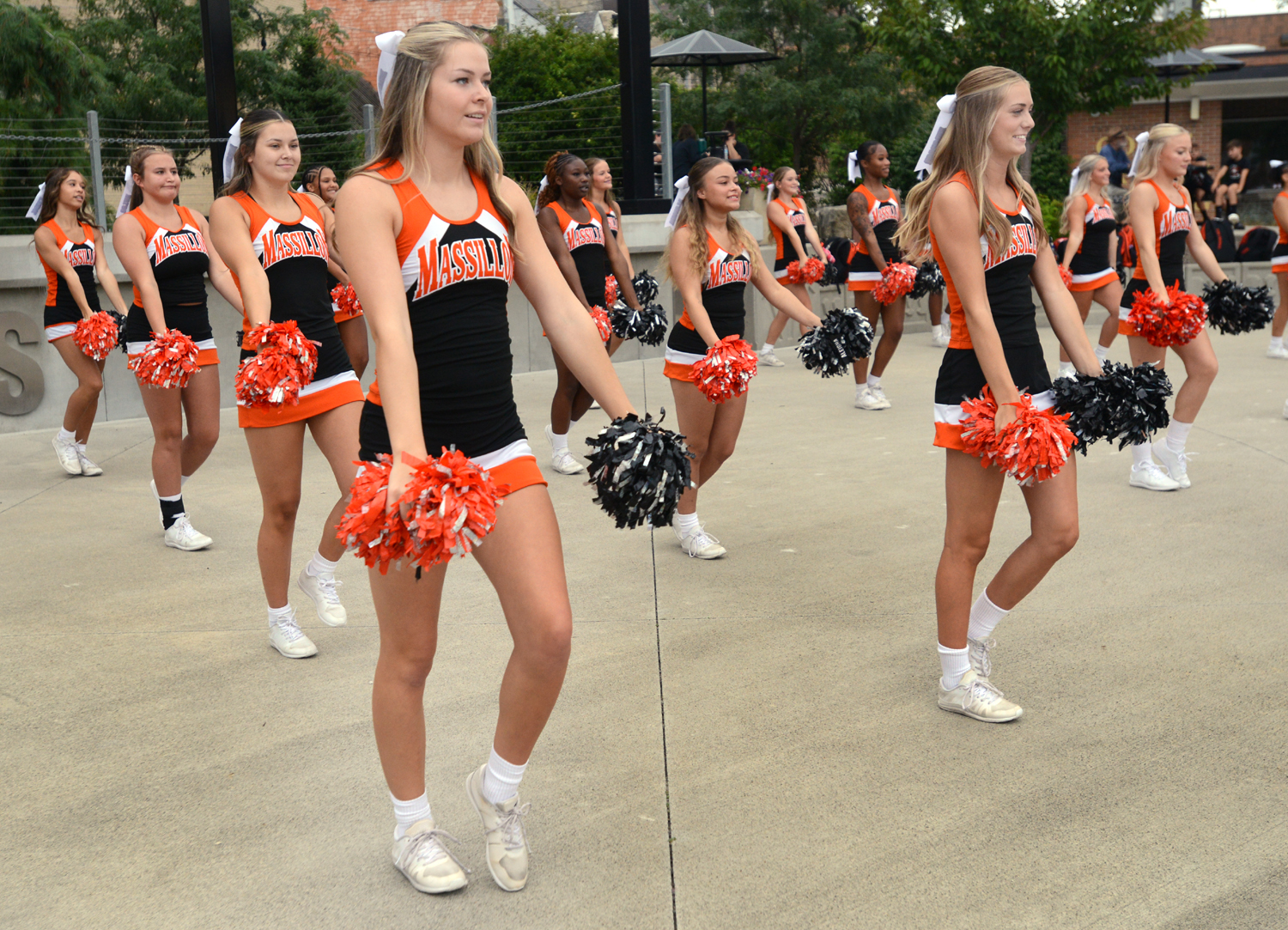


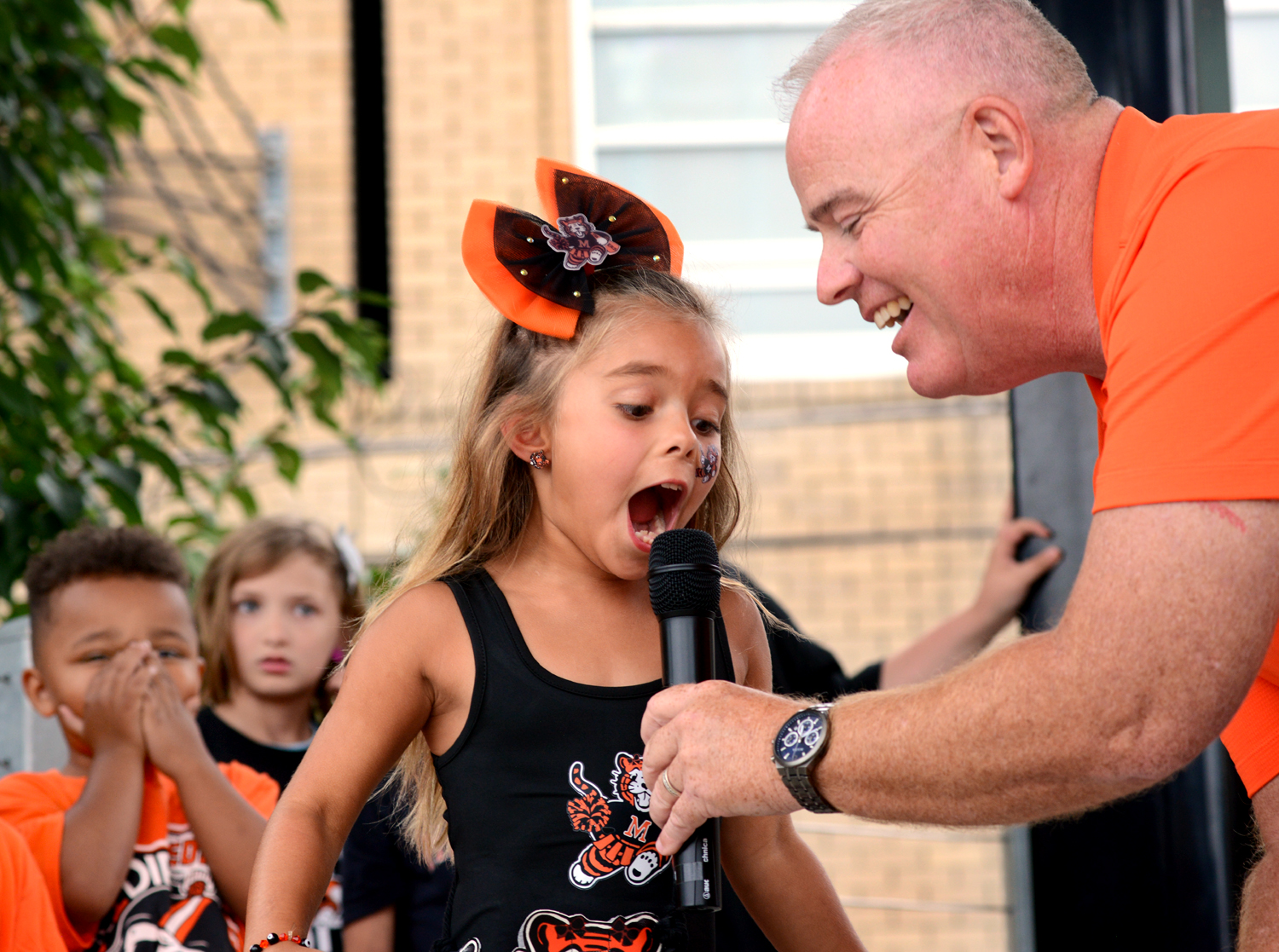

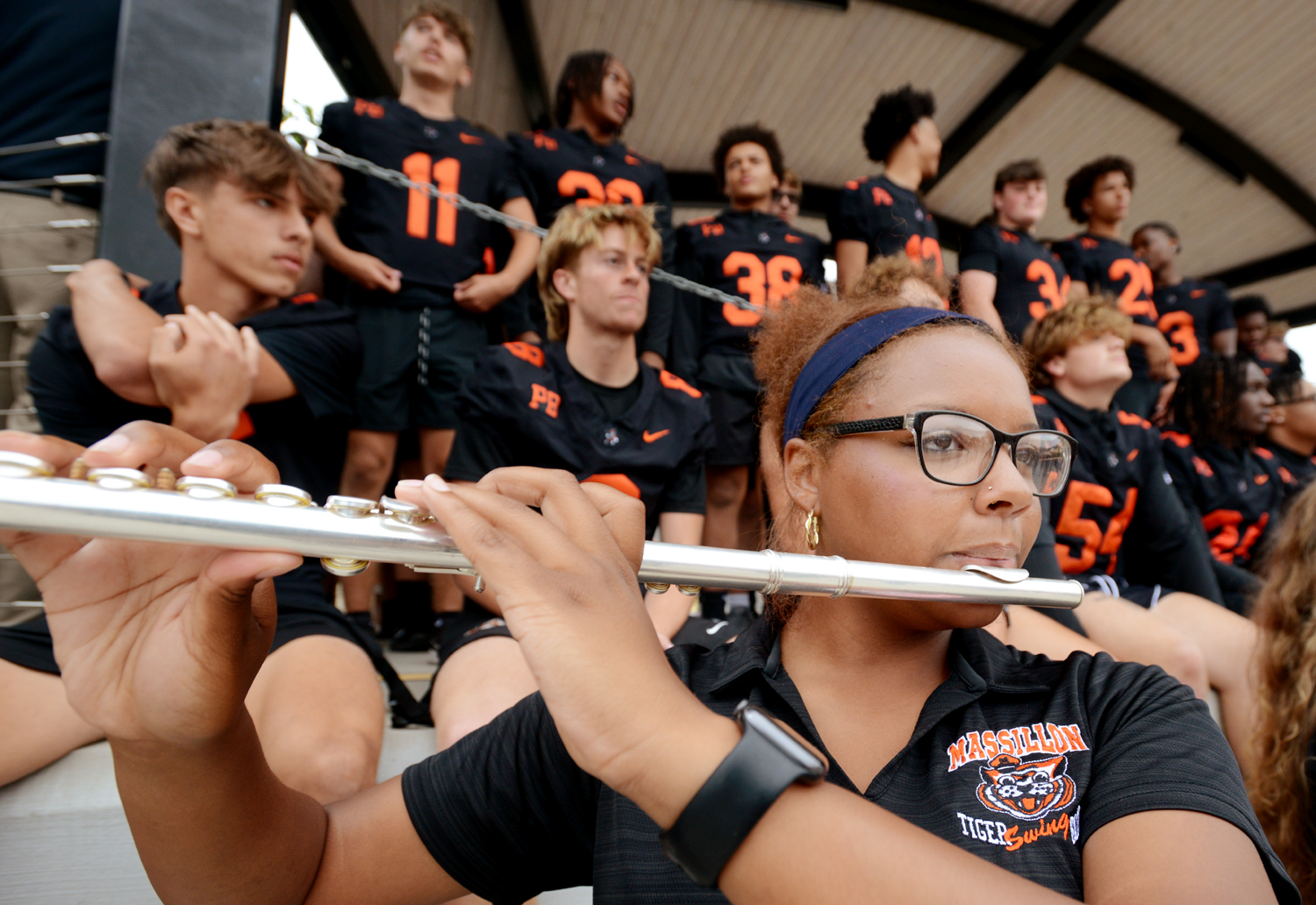
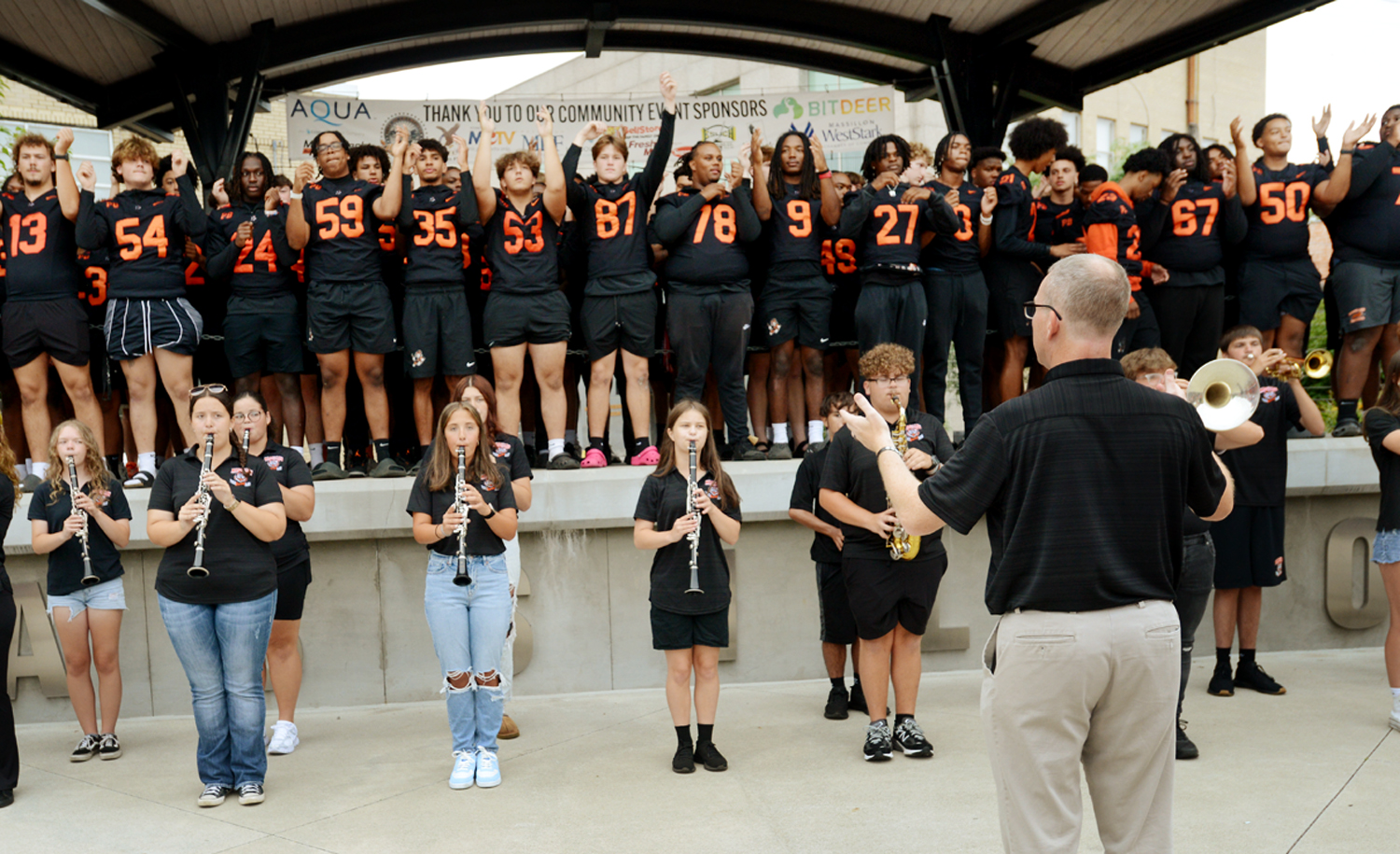
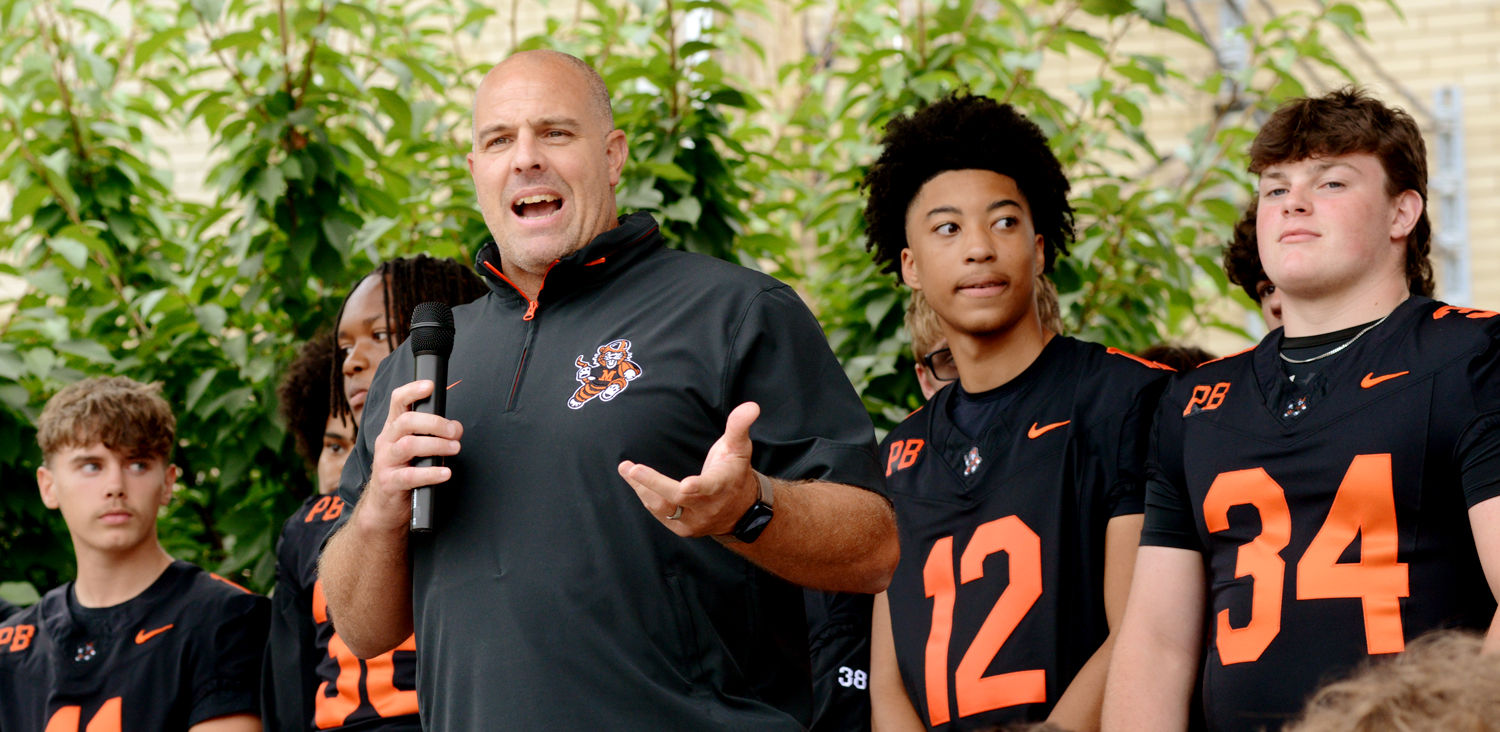

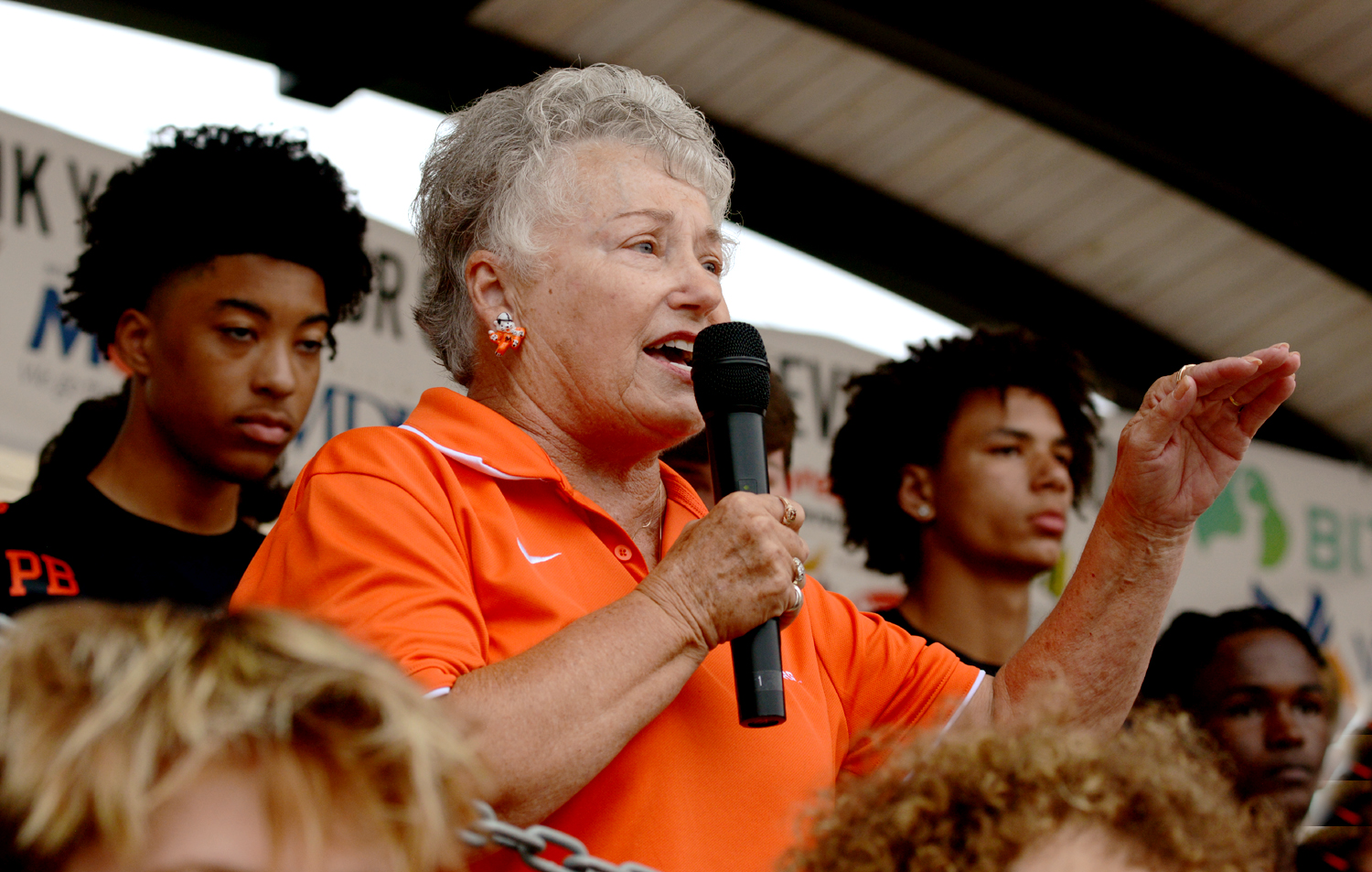
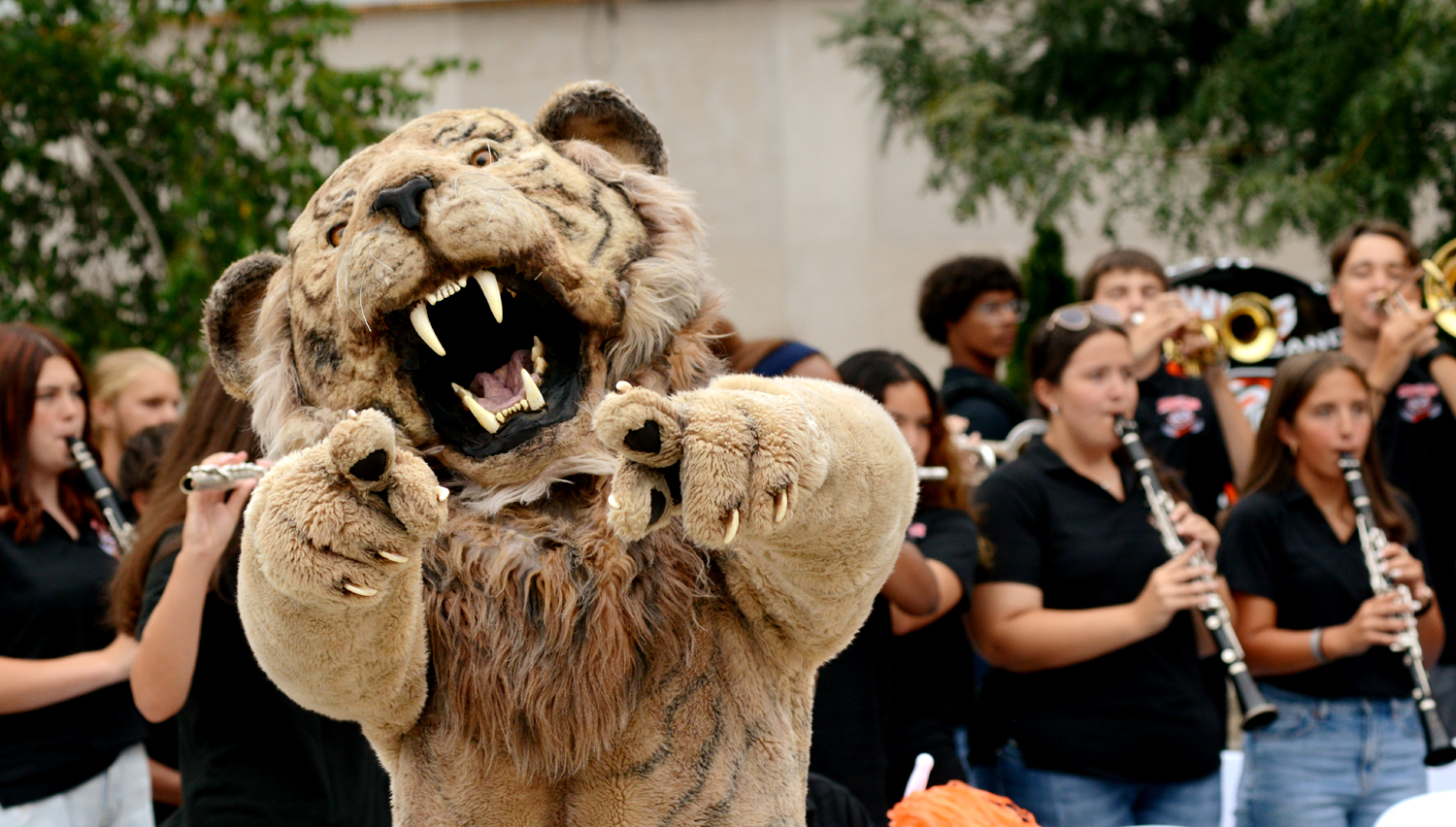
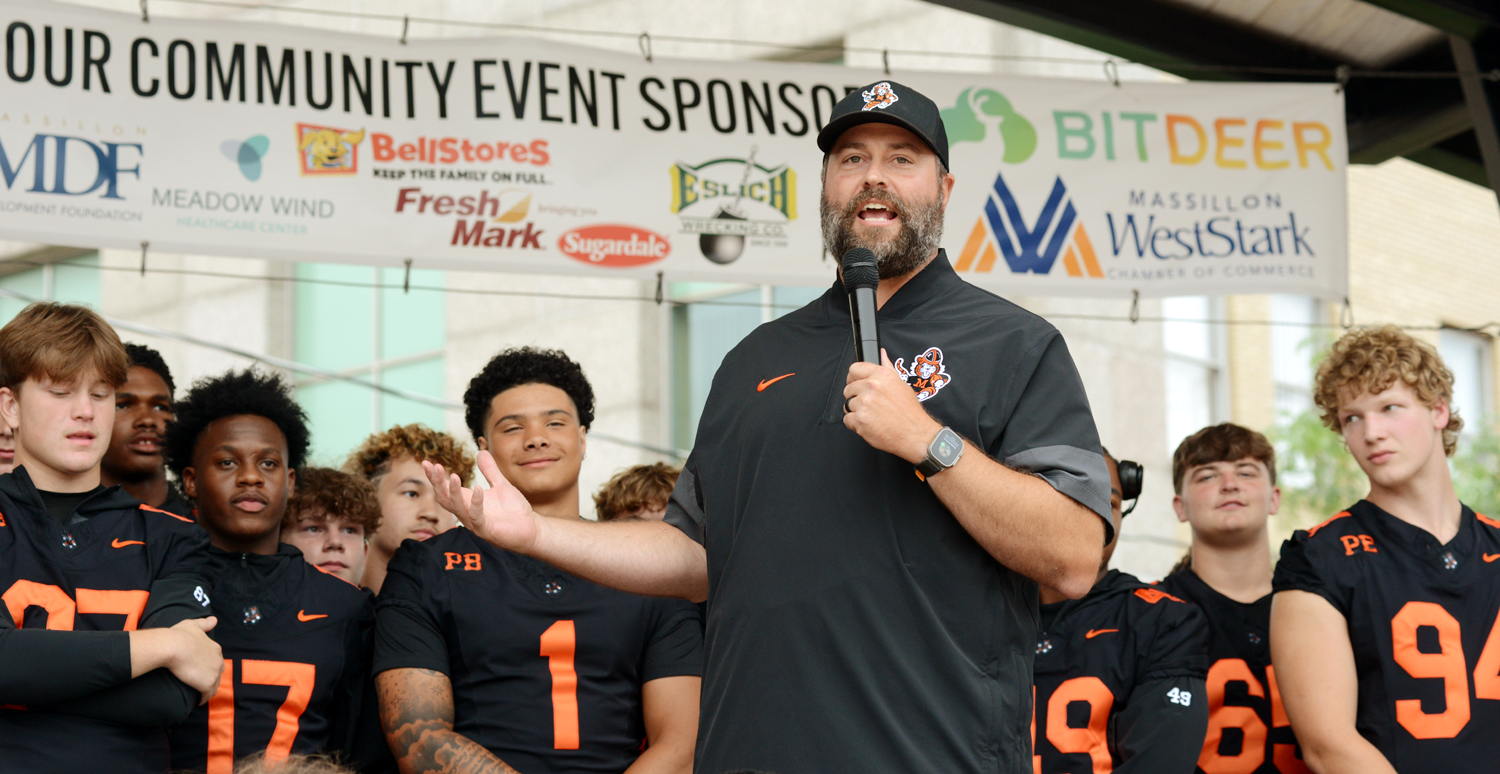



Photos by Rob Engelhardt















This is the first of a 10-part series looking back at all of the Massillon teams of the 1990s.
Head Coach: Lee Owens (3rd Year)
Overall Record: 8-4
Regular Season Record: 7-3
Playoff Results: Division I, Region 2; advanced to the regional finals; lost to Sandusky, 27-7
Key Players: Barry Shertzer (QB), Falondo Ashcraft (RB), Travis McGuire (RB), Steve Brown (TE), Duane Scott (OL), Eric Wright (LB), Dan Hackenbracht (DB), Chad Buckland (DB), Brent Bach (OL)
All-Ohio: Duane Scott (2nd)
 The Tigers were coming off of a very successful 1989 campaign in which they recorded a win over Canton McKinley followed by playoff regional championship. The 1990 season promised more of the same beginning with wins over Stow (8-2) and Covington Catholic (9-1), along with a 1-point loss to Cincinnati Moeller. But a 14-7 setback to Austintown Fitch (8-2) showed that there were kinks in the armor. And those kinks were ever so present in one-sided losses to McKinley and Sandusky at the end of the season. On the plus side, Massillon would return several promising junior players for the next season.
The Tigers were coming off of a very successful 1989 campaign in which they recorded a win over Canton McKinley followed by playoff regional championship. The 1990 season promised more of the same beginning with wins over Stow (8-2) and Covington Catholic (9-1), along with a 1-point loss to Cincinnati Moeller. But a 14-7 setback to Austintown Fitch (8-2) showed that there were kinks in the armor. And those kinks were ever so present in one-sided losses to McKinley and Sandusky at the end of the season. On the plus side, Massillon would return several promising junior players for the next season.
PIVOTAL GAMES
Covington Catholic, KY – In Week 2 of the season the Tigers traveled to Cincinnati’s Riverfront Stadium to participate in the multi-game Buddy LaRosa Classic. The event was billed as Cincinnati vs. the rest of the country; Massillon was part of the “country” and was matched with Covington Catholic, which is located just across the Ohio River from Cincinnati. Covington scored early in the first quarter when they returned a pass interception 35 yards for a touchdown. But after that it was all Massillon, as they outscored the Colonels 39-7 the rest of the way, eventually winning 39-14. Falando Ashcraft came up big in Owens “run-and-boot” offense, rushing 28 times for 190 yards and a touchdown run of 35 yards. Quarterback Barry Shertzer also tallied twice from his quarterback position.
Cincinnati Moeller – The Tigers had lost four straight games to the Crusaders coming into this one, but saw ahead of them a great opportunity to finally turn the table. And they nearly pulled it off. After the first quarter it was tied at seven. After the second it was tied at 14. And after the third the Tigers led 21-17, expanding the lead to 23-17 during the fourth. But in the closing seconds of the game, with Moeller facing a fourth down near midfield, they threw a pass toward the front of the Massillon bench. Upon seeing the ball skip to the receiver, the coaches removed their headsets and began to celebrate. However, it was short lived when the referee ran to the spot and ruled it a catch. Dramatically, on the next and final play of the game, Moeller launched a 39-yard pass into the end zone to Carlos Collins for a game-tying touchdown. The Crusaders then walked off with a 24-23 victory following the successful PAT. It would take a few more years before the locals finally conquered Moeller.
North Central, Indianapolis, IN – It is not unusual for the Tigers to play opponents from out of state. But the invite to North Central surprisingly turned into a 5-game series. In this opener, Massillon came out on top in a close, competitive battle, 21-15.
Canton McKinley – Massillon was never in this one and lost to the Bulldogs, 20-7. The Tigers did manage to tie the score at seven apiece in the third quarter, but McKinley had the last say, closing the season with a 5-4 record.
Massillon Jackson – In the first round of the playoffs the Tigers were paired with Jackson, which entered the fray with a 9-1 record. The Polar Bears came out hot both running and throwing the ball and grabbed a 15-0 lead after one quarter behind a 54-yard run and a 21-yard pass. Nevertheless, Massillon scored the next three touchdowns to win 21-15. But the win was not without controversy. Jackson had the ball inside the Tiger 30 near the end of the game and ahead 15-13. On a pass play the Tigers’ Mark Murphy shot through the line unblocked and sacked the quarterback, who apparently lost the ball and then rolled over it. At that point everyone thought the play was dead, including a celebratory Murphy as he sprinted to the sidelines waving his arms. All except Jeff Perry. And the referees. So, Perry quickly scooped the ball up and raced 72 yards for the winning score. Many today still wonder if the QB might have been down before the fumble. But the game film proves otherwise. Ashcraft led Massillon with 23 carries for 127 yards and a touchdown.
Sandusky – The University of Akron’s Rubber Bowl was host to Massillon’s second round playoff game against unbeaten Sandusky. Although the Tigers led 7-0 after the first quarter, the Blue Streaks controlled the rest of the game and won 27-7. The following week Sandusky would lose to eventual state champion Warren Harding, 27-14.
| Opp. | Rec. | Loc. | Mass. | Opp. | Res. | Att. | Media | Stats |
|---|---|---|---|---|---|---|---|---|
| Stow | 8-2 | H | 51 | 0 | W | 11,020 | Story | Stats |
| Covington Catholic, KY | 9-1 | N | 39 | 14 | W | 15,000 | Story | Stats |
| Akron Garfield | 6-3 | H | 20 | 14 | W | 11,370 | Story | Stats |
| Cincinnati Moeller | 9-2 | H | 23 | 24 | L | 16,764 | Story | Stats |
| Austintown Fitch | 8-2 | A | 7 | 14 | L | 11,500 | Story | Stats |
| Nordonia | 5-5 | H | 70 | 0 | W | 9,872 | Story | Stats |
| North Central, Indianapolis, IN | 7-4 | H | 21 | 15 | W | 10,002 | Story | Stats |
| Youngstown East | 1-9 | H | 45 | 7 | W | 6,500 | Story | Stats |
| Akron St. Vincent-St. Mary | 4-5 | H | 24 | 9 | W | 10,327 | Story | Stats |
| Canton McKinley | 5-4 | H | 7 | 20 | L | 16,600 | Story | Stats |
| SUBTOTAL | 62-36 | 307 | 117 | 118,955 | ||||
| PLAYOFFS | ||||||||
| Massillon Jackson | 9-2 | N | 21 | 15 | W | 18,124 | Story | Stats |
| Sandusky | 12-1 | N | 7 | 27 | L | 11,729 | Story | Stats |
| TOTAL | 83-39 | 335 | 159 | 148,808 | Season Stats |

Gareon Conley, a 2013 WHS graduate, was recently inducted into the Massillon Tiger Football Hall of Fame. During his football career he enjoyed time at all three levels: high school, college and professional.
At Massillon, Conley played three years under Head Coach Jason Hall. As a junior, he started at cornerback and recorded 25 tackle points and intercepted four passes, one of which was returned for a touchdown. During his senior year he also played wide receiver, where he was a deep-ball specialist, leading the team with 50 pass receptions for 1,096 yards (21.9 ave.) and scored 16 touchdowns, all Top 10s in the record book. He also played special teams, returning kickoffs (22.2 ave.). The squad that year finished with a record of 11-2, while advancing in the state playoffs to the regional finals. Significant wins were:
Following the season, the 6′-2″, 175 lb. Conley was named 1st team All-Ohio at wide receiver.

The 4-star athlete then left for Ohio State, after first committing to the University of Michigan. Following a redshirt year, Conley became a 3-year starter at cornerback and was a member of OSU’s 2014 national championship team. As a senior, he was team captain and was named 2nd Team All-Big Ten Conference. He ended his career by playing in 41 games, where he is credited with 66 solo tackles, 25 assists, 91 total tackles and 6 pass interceptions.
Conley opted to forgo a fifth year at Ohio State and entered the draft early, where he was picked 24th overall in the first round by the Oakland Raiders in the 2017 event. However, he was hampered by injuries throughout his time in Oakland and was eventually traded in 2019 to the Houston Texans. The following year he became a free agent. He finished his career with a 2023 season playing for the DC Defenders of the United Football League.
“It’s a shame that Conley’s NFL career didn’t pan out the way that Ohio State football fans thought it would. He was still a great Buckeye and his contributions to Ohio State won’t be forgotten. He was part of some of the best secondaries that the Buckeyes have ever had.”…Scarlet and Game, 2024.
Congratulations to Gareon Conley.
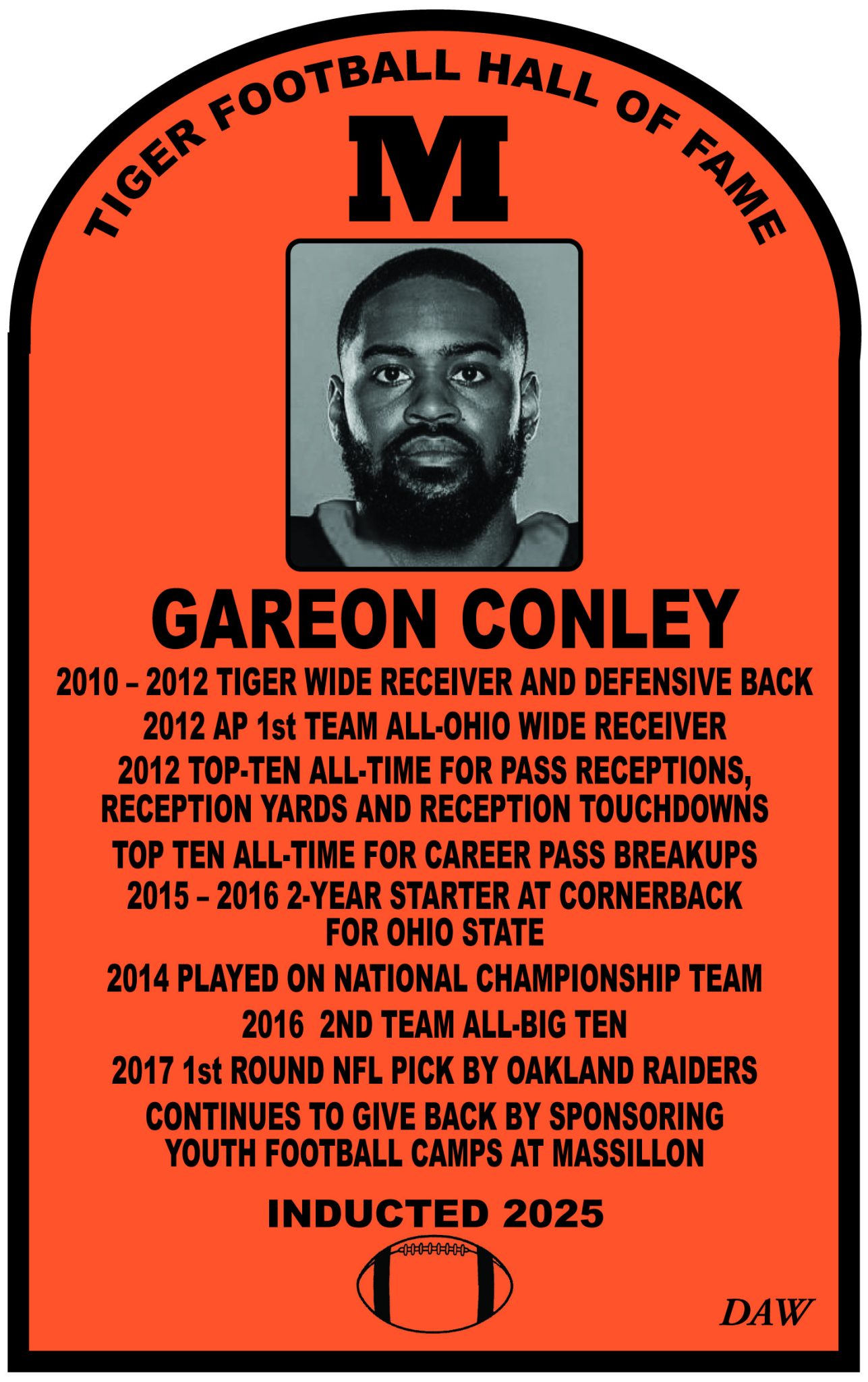

“There’s no place like home,” Dorothy exclaimed near the end of the legendary movie, “The Wizard of Oz.” And Massillon Tiger football fans can say the same following the Ohio High School Athletic Association’s (OHSAA) decision to revamp the state football playoffs. With the change, in spite of fewer teams now qualifying, there are better opportunities to host post-season games.

The OHSAA’s playoff system used to determine football state championships was introduced in 1972 at the request of the association coaches. But inspite of the great intentions the OHSAA had at the time, it was not an optimal system at the start and a host of changes have occurred since that time. Initially, just one team qualified from each of four regions across three divisions. In 1980 two more divisions were added and the number of qualifiers per region doubled. In 1985 it became four teams per region, followed in 1994 by the addition of a sixth division. Four per region became eight in 1999 and a seventh division was added in 2013. Whew! That’s a lot of changes.
But it might have remained that way, except that the Covid year of 2020 messed it all up. On account of several canceled games due to the impact of the ailment and the resulting difficulty in selecting qualifiers, the OHSAA opened the door to every team in the state. The following year, with the OHSAA believing that it was beneficial for many schools to enhance the number of participants, the number of regional qualifiers was increased to sixteen. Not discussed was the additional revenue afforded to the OHSAA from the additional 112 games across the seven divisions, considering that the OHSAA also at that time took over control of sales and collection of money from the purchase of playoff game tickets.
Regardless of the OHSAA’s beliefs, the coaches apparently were never in favor of a 16-team region, preferring twelve instead, with the top four qualifiers receiving byes in the first round. It should be noted that a 12-team format was the format going into the 2020 season until it was derailed by Covid. Now finally, the coaches have gotten their way.
Per this author, the right number is probably eight teams per region. However, the method used to select the teams, i.e., the Harbin System, has several flaws and is considered incapable of selecting these eight teams, let alone seeding them properly, as compared to algorithm-based methods that utilize true strength-of-schedule components, not just a simple summation of opponent wins. For, all teams are just not created equal. The author’s study shows that, in order to assure that the best eight teams are included, at least twelve teams from the Harbin System must be selected. Thus, a 12-team format is therefore considered optimal, although it doesn’t solve the seeding problem and corresponding earned rights to home games.
With the recent modification, the top four seeded teams receive a bye in the first round. The remaining teams face off, with 5 vs. 12, 6 vs. 11, 7 vs. 10 and 8 vs. 9. In Round 2, No. 1 faces the winner of 5 vs. 12, No. 2 faces the winner of 6 vs. 11, etc. The next two weeks are then used to determine the regional champion. In Weeks 1-3 the higher-seeded team hosts the game. The Week 4 championship game is then played at a neutral site.
With this format, the ideal seeded positions are Nos. 1 and 2. Not only do these teams receive a bye week, they are also guaranteed the potential of two home games. The next favorable positions are Nos. 3 and 4. These teams receive a bye week plus one guaranteed home game. After that comes Nos. 5-8, with one guaranteed home game.
Now for the fun part. Had the new playoff format been in place since the start of the playoffs in 1972, a span of some 53 years, how would Massillon have faired year-to-year? The chart below presents the raw numbers.

The Tigers were in Division I from the start through 2012. The data shows that they would have qualified for the playoffs 36 times out of 41 attempts, or 88% of the time. Of the five years in which they failed to qualify, twice (1998 and 2004) they had four wins and twice (1974 and 2007) they had six wins, so that’s understandable. Ironically, they would have qualified in every year under a 16-team format.
The outlier came in 1978 when Massillon finished in the 14th position with a record of 9-0-1 and would have failed to qualify. Again, the flaws of the Harbin System are cited. The problem that year was with the opponents, most of which failed to win many games. In fact, outside of Canton McKinley (7-2) and Warren Harding (7-2-1), the remaining teams won just a third of their games, something the Tigers had no control over. Of course, there were only three divisions at that time. In a 7-division format they would most likely have qualified.
About a third of the time they would have been seeded first or second. They would have finished in the top four and received a first-round bye 20 times, or about half. And they would have finished in the top eight and hosted at least one game 30 times, or about three-quarters.
In 2013 the divisions were restructured, with the Tigers assigned to Division II, since the number of teams placed in Division I was lowered. Over the next twelve years Massillon would have qualified in every year. Seven times, or 58%, they would have been seeded first or second. They would have received a first-round bye ten times, or 83%. And they would have hosted at least one game eleven times or 92%. The only year in which they would not have hosted a game was in Coach Nate Moore’s first year, when the team finished in 11th place with a record of 4-6. However, the playoffs would have been interesting that year, given that Massillon defeated eventual regional champion Perry during the regular season.
Thus, if Massillon’s success over the past several years continues, there is a high probably of having a bye in the first round of the playoffs, something that is beneficial for three reasons. The first is that it provides the program a chance to regroup both physically and mentally following an intense rivalry game. Second, they could reach the finals while playing one less game than previously. And third, they could continue to have a high probability of hosting two playoff games. Because, let’s face it; there’s no place like home!
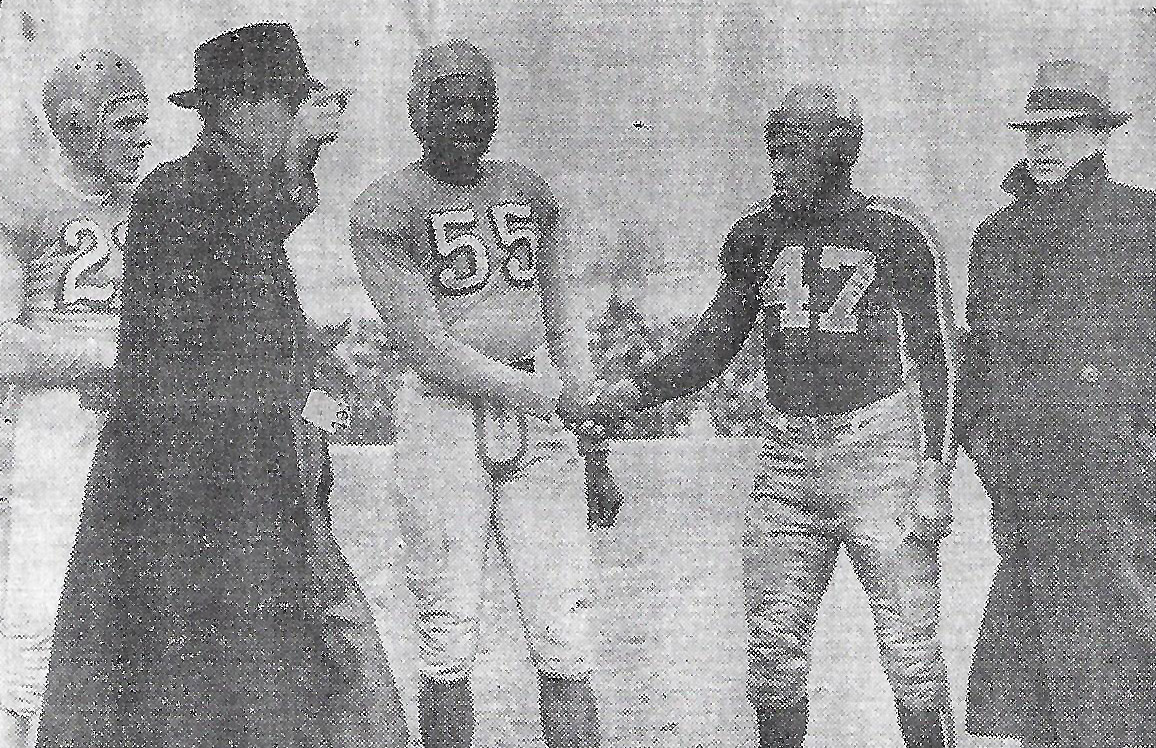
Throughout the history of Ohio high school football there have always been a select few teams that dominated the scene. Many have had noteworthy periods of year-to-year success that sports fans like to refer to as “dynasties.” Several good teams, like Massillon, Cincinnati Moeller and Cleveland St. Ignatius for example, have withstood the test of time and still dominate today, while the dynasties of many others have come and gone.
And it’s no secret that the one trait these dynastic schools have in common is long-term, highly successful head coaches. The most notable of these are Massillon’s Paul Brown, Moeller’s Gerry Faust and St. Ignatius’ Chuck Kyle. But there was also Cincinnati Colerain’s Kerry Coomb, Canton McKinley’s Bup Rearick and Upper Arlington’s Marvin Morehead. Plus many others.
This story presents what is judged to be the best dynasties since the beginning of scholastic football in Ohio, covering a span of some 130+ years. Also included is some background on each of the teams’ successful head coaches.
First off, a little clarification regarding the definition of the word “dynasty.” A dynasty is considered to have been achieved when a school develops sustained success over a significant period of time; for this story it is a minimum of ten years, with an unbroken string of season records of 7-3 or better, while at times including the rare outlier. There must have been dominance over most competitors. The school must have brought something unique to the game that produced this success. And finally, after the dynasty ends, it is documented in the history books and/or recalled by most football fans through common knowledge.
The list of dynasties shown below, ranked by duration, includes solely Division I and Division II schools. With all due respect to the highly successful smaller schools, they aren’t necessarily playing the top competition in the state. The exception is Division III Toledo Central Catholic, which plays mostly DI and DII schools.
Massillon – 33 years, from 1933 to 1965 (191-30-2; .861). The winning tradition at Massillon has endured for nearly a hundred years. But it really took off with the hiring of head coach Paul Brown in 1932. Throughout his eight years at Massillon, he compiled a record of 80-8-2, winning six state championships and three national championships. After leaving Massillon he went on to coach Ohio State, the Cleveland Browns and the Cincinnati Bengals. Brown put a remarkably successful program together that has endured to this date. While many coaches have the talent to win a vast majority of their games, often the successful performances diminished once they departed. But the City of Massillon committed itself to retaining what Brown had built. As a result, the consistent success of the Tigers has remained ever since, attesting to this endeavor. Concurrent with that, a string of subsequent successful coaches was also a key to maintaining the program. Two of these were Chuck Mather and Leo Strang. Mather (1948-53) won 57 of 60 games and captured the sportswriters’ state title each year, in addition to three national championships. Strang (1958- 63) also came up big, with a record of 54-8-1, including two state championships and three national championships. The dynasty concluded with back-to-back unbeaten seasons by future Ohio State head coach Earl Bruce.
Massillon also enjoyed three other noteworthy periods. Bob Commings (1969-73) had a 5-year record of 43-6-2, with a state championship in 1970 and a spot in Ohio’s first ever state playoffs game in 1972. He left to become the head coach of the University of Iowa. Mike Currence (1976-84) had a fine 8-year run from 1976 to 1983, compiling a record of 80-15-2, with two state finals appearances. And current head coach Nate Moore (2015-24) has a record of 110-25, with a Division II state championship in 2023, six regional championships and five state finals appearances.
Cincinnati Colerain – 30 years, from 1991 to 2020 (285-33; .843). Colerain had two coaches during this period: Kerry Coombs (1991-2006) and Tom Bolden (2007-18). Coombs had instant success with his program and compiled a record of 161-34, with a state title in 2004, along with five regional titles. Subsequently, he coached at the University of Cincinnati, Ohio State and with the Tennessee Titans. Bolden took over in 2007 and produced a fine record of 132-21. During his time there the Cardinals captured three regional titles and reached the state finals once. He left in 2018 to become the head of coach of Lakota West.
Cincinnati Moeller – 21 years, from 1970 to 1990 (217-24; .900). It took a while for inaugural Crusader coach Gerry Faust (1962-1980) to get it going, but once he did there was success after success. Moeller’s record during his time there was 178-23-2 and during the dynasty he captured five state championships, seven regional championships and four national championships. Faust left to become the head coach of Notre Dame and then the head coach at the University of Akron. In 1982 Steve Klonne (1982-2000) became the head coach and during his 19 years he had a record of 169-48. He won two state titles and three regional titles, plus a national title in 1982.
Pickerington Central – 19 years, from 2006-24 (191-40; .827). In 2003 Pickerington High School split into North and Central and Jay Sharett (2003-22) was hired to become Central’s first coach. Once the program matured his squad became one of the most dominant teams in Ohio, something that has continued to this day. He retired after last season with a record of 211-42, including two state titles, eight regional titles and two state runners-up. In fact, Central captured the regional title each year from 2016 to 2020.
Canton McKinley – 18 years, from 1933 to 1950 (148-25-10; .836). Three different coaches were the major contributors at this time, including Jimmy Aiken (1932-35), John Reed (1936-40) and Bup Rearick (1942-49). Aiken compiled a record of 34-7-1 and won a state title in 1934. He went on to coach at Akron, Nevada and Oregon. Reed succeeded Aiken and had a record of 39-7-2 over five years, but was stymied by Paul Brown’s Massillon teams, which wiped out four potential unbeaten seasons. Rearick produced a record of 67-8-4, with state championships in 1942 and 1949. He was also a long-time McKinley basketball coach.
14 years, from 1968-81 (125-25-3; .827). Again, three different coaches contributed to the run, including Ron Chismar (1965-69), John Brideweser (1970-79) and Terry Forbes (1980-81). Chismar coached for five years and was 37-13. Five years later he was the head coach of Wichita State. Brideweser coached for ten years, all within the dynasty, and was 77-21-3. Finally, Forbes coached for the last two, with a record of 22-2. His 1981 team went 13-0 and captured the Division I state title. Later, Forbes was an assistant coach for both the University of Akron and Notre Dame University.
The Bulldogs also had a good 7-year run, from 1992 to 1998, with all except one year under head coach Thom McDaniels, who had an overall record there of 131-41. During the run, the Bulldogs captured three regional titles and a state title, in 1997. They also won the national title that year. Kerry Hodakievic coached the final year of the 7-year run and also had a state title.
Lakewood St. Edward – 17 years, from 1970 to 1986 (140-35-3; .795). The Eagles were highly successful in the ‘70s and ‘80s, mostly under head coach Dan Flaherty (61-23-2), who accounted for approximately half of the seasons. Other contributing coaches included Fred Orr, Denny Martin, Mike Currence and A. O’Neil. St. Eds won three regional crowns during that time.
14 years, from 2010 to 2023 (161-25; .866). This dynasty was led by two coaches: Rick Finotti (62-15) for the first five years and current coach Tom Lombardo (103-22) for the next nine. During that time, the Eagles captured eight regional titles and seven state titles. Finotti went on to become an assistant coach at Michigan and head coach at John Carroll.
Cleveland St. Ignatius – 15 years, from 1988-2002 (157-17; .902). In 1988 St. Ignatius supplanted Cincinnati Moeller as the dominant team in Ohio. And they went on to put together a string of fifteen very successful campaigns, all under head coach Chuck Kyle (1983-23). Recently retired, Kyle’s teams went 379-117-1 during his career. Throughout the stretch, Ignatius won twelve regional championships and nine state championships. The school was also named national champion in 1989, 1993 and 1995.
Avon – 15 years, from 2010 to 2024 (178-22; .890). Avon owes their success to long-time and current coach Mike Elder (2001-24). He has compiled a career record there of 232-52 and accounts for all fifteen years of the dynasty. Eight times Avon has won the regional title, including seven times in the last eight years. Finally, in 2024, the Eagle were able to take home the Division II state championship.
Hilliard Davidson – 13 years, from 2004 to 2016 (132-24; .846). Head coach Brian White (199-58) spent 17 years at Davidson, from 1999 to 2016. Under his leadership, the Wildcats were a dominating force in the Columbus area for a 13-year period of time. Five times they captured the regional championship and twice were the state champions (2006 and 2009).
Toledo Central Catholic – 13 years, from 2012 to 2024 (177-25-2; .873). Greg Dempsy (1000-24) has been the head coach of the Irish for the last 25 years, with an overall record of 266-55. He has had an ongoing dynasty for the last thirteen, during which Central has won six regional titles and two state titles in Division III and three regional titles and two state titles in Division II.
Centerville – 12 years, from 1976 to 1986 (112-11; .911). Bob Gregg coached at Centerville for 28 years, compiling a record of 219-62. He had his best run from 1976 to 1986 during which time the Elks claimed a Division I regional title, in 1984. Later, Gregg was the coach in 1991 when Centerville competed in the state finals.
Upper Arlington – 11 years, from 1964 to 1974 (99-9-2; .909). The Golden Bears burst onto the scene in 1966 when they scored a 21-6 victory over 2-time defending state champion Massillon. The following year they also turned the trick with a 7-6 win, this time achieving a state title, a crown they again won in both 1968 and 1969. Two coaches contributed to the 11-year run: Marvin Moorehead and Pete Corey. Moorehead coached from 1955 to 1969, compiling a 57-1 record during the streak. Cory took over from Moorehead and coached through 1986, with a record of 42-8-2 during the streak. Although Corey left at that time, he returned from 1986 through 2021 as offensive coordinator.
Akron Hoban – 10 years, from 2015 to 2024 (129-16; .890). Current coach Tim Tyrell assumed the reigns of Hoban in 2016 and has been the primary contributor to the dynasty, with an overall record of 118-12. During the 10-year span the Knights captured two state titles in Division III, along with seven regional titles and three state titles in Division II.
Huber Heights Wayne – 10 years, from 1981 to 1990 (85-17-3; .824). Mike Schneider was the head coach for Wayne for 17 years, from 1981 to 1997, compiling a record of 128-43-3. His dynasty spanned 1981 through 1990.

The MassillonTigers.com website maintains all of Massillon’s football records, which can be found at this link. Below are the record setters for the defense category. But first a couple of key items.
Chris Spielman (1981-83): 5 records
 Single season solo tackles, total tackles and tackle points – In 1982 Spielman in 13 games recorded 113 solo tackles and 43 assists, totaling 156 total tackles and 5 tackle points. He also had four pass interceptions and recovered two fumbles. Following the season he was named 1st Team All-Ohio at linebacker. The Tigers finished the year with a 12-1 record and advanced in the playoffs to the Division I state finals. Although Spielman wasn’t the fastest player on the field, his ability to read the play prior to the snap based on the opponent’s formation and also anticipate of the flow of the play when it began was perhaps unmatched by any previous Massillon player.
Single season solo tackles, total tackles and tackle points – In 1982 Spielman in 13 games recorded 113 solo tackles and 43 assists, totaling 156 total tackles and 5 tackle points. He also had four pass interceptions and recovered two fumbles. Following the season he was named 1st Team All-Ohio at linebacker. The Tigers finished the year with a 12-1 record and advanced in the playoffs to the Division I state finals. Although Spielman wasn’t the fastest player on the field, his ability to read the play prior to the snap based on the opponent’s formation and also anticipate of the flow of the play when it began was perhaps unmatched by any previous Massillon player.Michael Wright Jr. (2021-24): 3 records
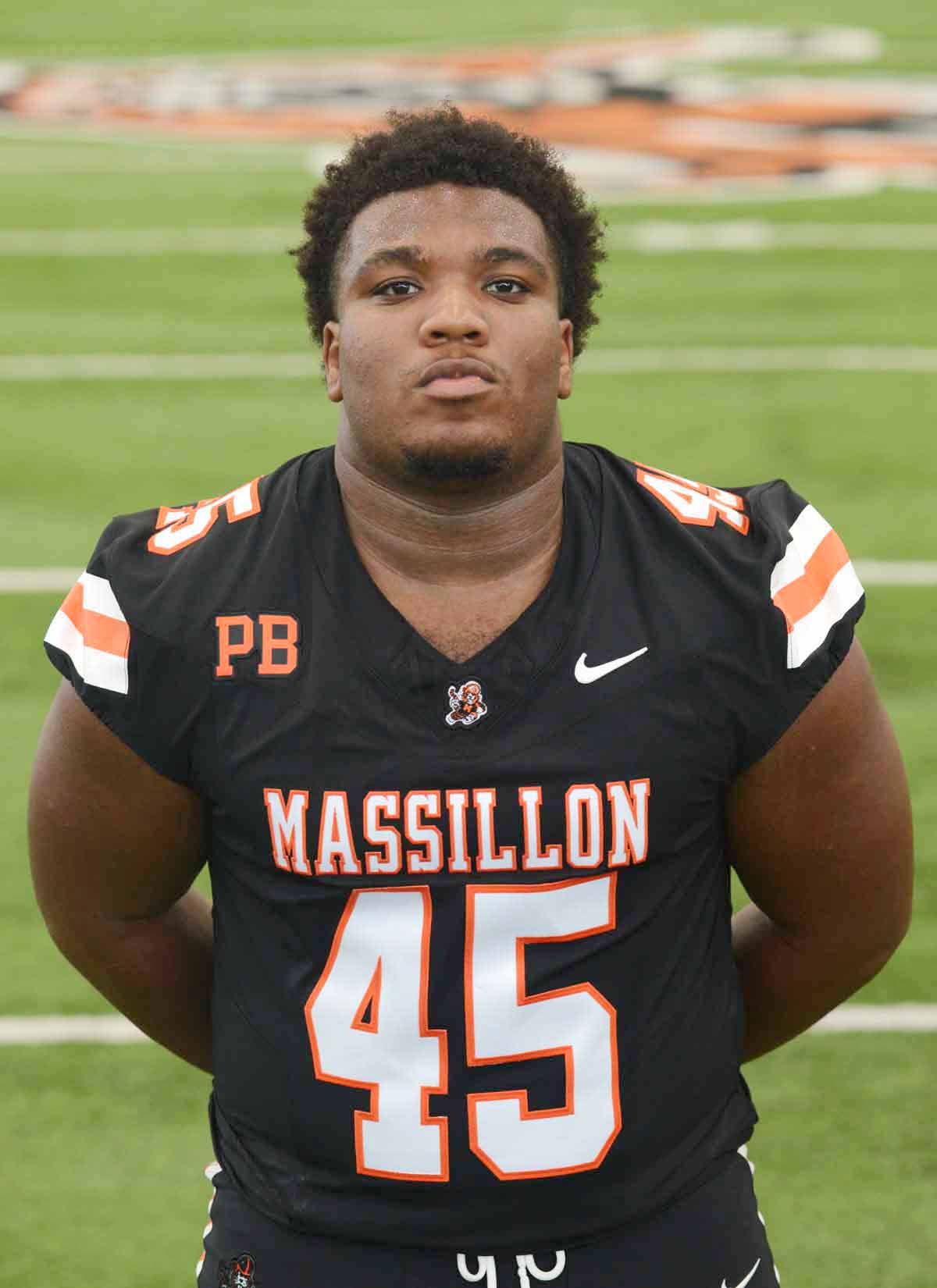
Single season quarterback sacks – Wright was a 4-year starter on the defensive line and set a record with 10.5 quarterback sacks during his 2023 junior season. It was a year in which the Tigers captured the Division II state championship at the end of an unbeaten16-week campaign. In a 35-7 victory over Canton McKinley, he recorded 3.0 quarterback sacks, setting a game record for that series.
Billy Relford (2001-03): 2 records
 Single season pass interceptions – In 2002 Relford intercepted 12 passes to set the single-season record. Four of the picks came against North Canton Hoover during a 31-0 playoff game victory. Included in that was returned 50-yard return for a score. He also ran back an interception 80 yards for TD against Cleveland St. Ignatius. The Tigers finished 12-3 that year and advanced in the playoffs to the Division I state semifinals.
Single season pass interceptions – In 2002 Relford intercepted 12 passes to set the single-season record. Four of the picks came against North Canton Hoover during a 31-0 playoff game victory. Included in that was returned 50-yard return for a score. He also ran back an interception 80 yards for TD against Cleveland St. Ignatius. The Tigers finished 12-3 that year and advanced in the playoffs to the Division I state semifinals.Spencer Leno (2007-09): 2 records
 Career assisted tackles and total tackles – During his 3-year career Leno, playing at linebacker, recorded 123 solo tackles and 173 assisted tackles, for a total of 296 tackles. He also had 21 tackles for loss. His most productive games came in 2009 against Steubenville (11 solos, 4 assists) and Cleveland St. Ignatius (6 solos, 7 assists). Following the 2009 10-4 season Leno was named Special Mention All-Ohio.
Career assisted tackles and total tackles – During his 3-year career Leno, playing at linebacker, recorded 123 solo tackles and 173 assisted tackles, for a total of 296 tackles. He also had 21 tackles for loss. His most productive games came in 2009 against Steubenville (11 solos, 4 assists) and Cleveland St. Ignatius (6 solos, 7 assists). Following the 2009 10-4 season Leno was named Special Mention All-Ohio.Chuck Vliet (1948-50): 1 record
 Single game total tackles – In 1950 in a game against Warren Harding, Vliet recorded an unbelievable 42 tackles. Vliet’s asset was that he was incredibly adept at finding the ball carrier during the play, whether it was a running back or a receiver. So for this game, Head Coach Chuck Mather told Vliet that he wanted him to make all of the tackles. Meanwhile, the remaining ten players were instructed to prevent the Harding players from blocking Vliet. The ploy worked and the Tigers went on to win 23-6.
Single game total tackles – In 1950 in a game against Warren Harding, Vliet recorded an unbelievable 42 tackles. Vliet’s asset was that he was incredibly adept at finding the ball carrier during the play, whether it was a running back or a receiver. So for this game, Head Coach Chuck Mather told Vliet that he wanted him to make all of the tackles. Meanwhile, the remaining ten players were instructed to prevent the Harding players from blocking Vliet. The ploy worked and the Tigers went on to win 23-6.Paris McCall (2003-05): 1 record
 Single game quarterback sacks – In the 2005 season opener against Dover, McCall set a single-game record with 5 quarterback sacks. He also had 8 solo tackles and one assist, with 2.0 tackles for loss. Massillon won the game, 34-0. By season’s end, McCall led the team in total tackles, tackles for loss and quarterback sacks. He was also named 2nd Team All-Ohio. As a team, the Tigers finished 13-2 and advanced in the playoffs to the Division I state finals.
Single game quarterback sacks – In the 2005 season opener against Dover, McCall set a single-game record with 5 quarterback sacks. He also had 8 solo tackles and one assist, with 2.0 tackles for loss. Massillon won the game, 34-0. By season’s end, McCall led the team in total tackles, tackles for loss and quarterback sacks. He was also named 2nd Team All-Ohio. As a team, the Tigers finished 13-2 and advanced in the playoffs to the Division I state finals.Troy Ellis (2003-05): 1 record
 Single game pass interceptions – In Game 2 of the 2005 season Massillon traveled south to face Cincinnati Elder in Paul Brown Stadium. Defensive back Troy Ellis had a career day against the Panthers by intercepting 5 passes. He also returned a fumble 25 yards for a score. Massillon led 35-7 at the end of the third quarter, but managed to hold on to win, 35-31.
Single game pass interceptions – In Game 2 of the 2005 season Massillon traveled south to face Cincinnati Elder in Paul Brown Stadium. Defensive back Troy Ellis had a career day against the Panthers by intercepting 5 passes. He also returned a fumble 25 yards for a score. Massillon led 35-7 at the end of the third quarter, but managed to hold on to win, 35-31.Ben Krichbaum (2016-18): 1 record
 Single season assisted tackles – In 2018 Krichbaum recorded 78 assisted tackles in a 15-game season. He also led the team that year with 119 total tackles and 80.0 tackle points, with 10.5 tackles for loss. As a team Massillon was perfect in the win-loss column until the Division II state finals.
Single season assisted tackles – In 2018 Krichbaum recorded 78 assisted tackles in a 15-game season. He also led the team that year with 119 total tackles and 80.0 tackle points, with 10.5 tackles for loss. As a team Massillon was perfect in the win-loss column until the Division II state finals.Dorian Pringle (2022-23): 1 record
 Single season tackles for loss – In 2023 Pringle recorded 24.5 tackles for loss, while also finishing second in total tackles and quarterback sacks. His 2023 record erased the previous mark of 21.5, which he also set in 2022. His fortes were the abilities to find the ball in a crowd to make the tackle and also exhibit a ferocious pass blitz. Simply put, he was a “player,” along the lines of a Chris Spielman.
Single season tackles for loss – In 2023 Pringle recorded 24.5 tackles for loss, while also finishing second in total tackles and quarterback sacks. His 2023 record erased the previous mark of 21.5, which he also set in 2022. His fortes were the abilities to find the ball in a crowd to make the tackle and also exhibit a ferocious pass blitz. Simply put, he was a “player,” along the lines of a Chris Spielman.

The MassillonTigers.com website maintains all of Massillon’s football records, which can be found at this link. Below are the record setters for the kicking and punting categories.
KICKERS
Note: The website contains a host of kicking categories, but only the most significant ones are shown below.
Alex Bauer (2018-20): 6 records
Andrew David (2011-14): 2 records
Klay Moll (2015, 17): 2 records
David Abdul (2000-01): 1 record
PUNTING
Quentin Paulik (2004): 2 records
Horace Gillom (1940): 1 record
Andrew David (2011-14): 1 record

The MassillonTigers.com website maintains all of Massillon’s football records, which can be found at this link. Below are the record setters for the scoring category. This will be a short one, since there are just a couple of entries.
Edwin “Dutch” Hlll (1922): 3 records
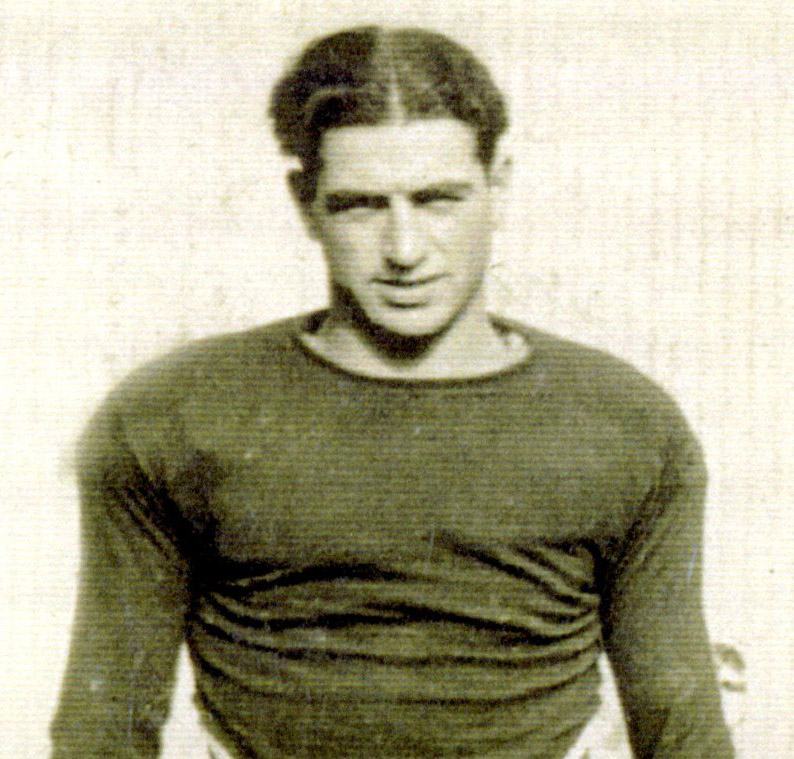
Single game touchdowns and points – Against Akron North in 1922 Hill scored 8 touchdowns and 48 points in a 94-0 victory. The fullback scored twice in the first quarter, three times in the second, once in the third and twice in the fourth. Included were runs of 49, 43, 25, 15 and 10 yards. I guess with a roster of just 24 players there really wasn’t a second string, so Hill naturally played the entire game. In addition, given a halftime score of 45-0, the third and fourth quarters were reduced from 15 to 12 minutes, with the Tigers even threatening to score once again as the game ended. The 94 points set a team scoring record that held up for 96 years, until the Tigers defeated Sun Valley, PA, in 2018 by the score of 101-6.
Willtrell Hartson (2020-22): 2 records
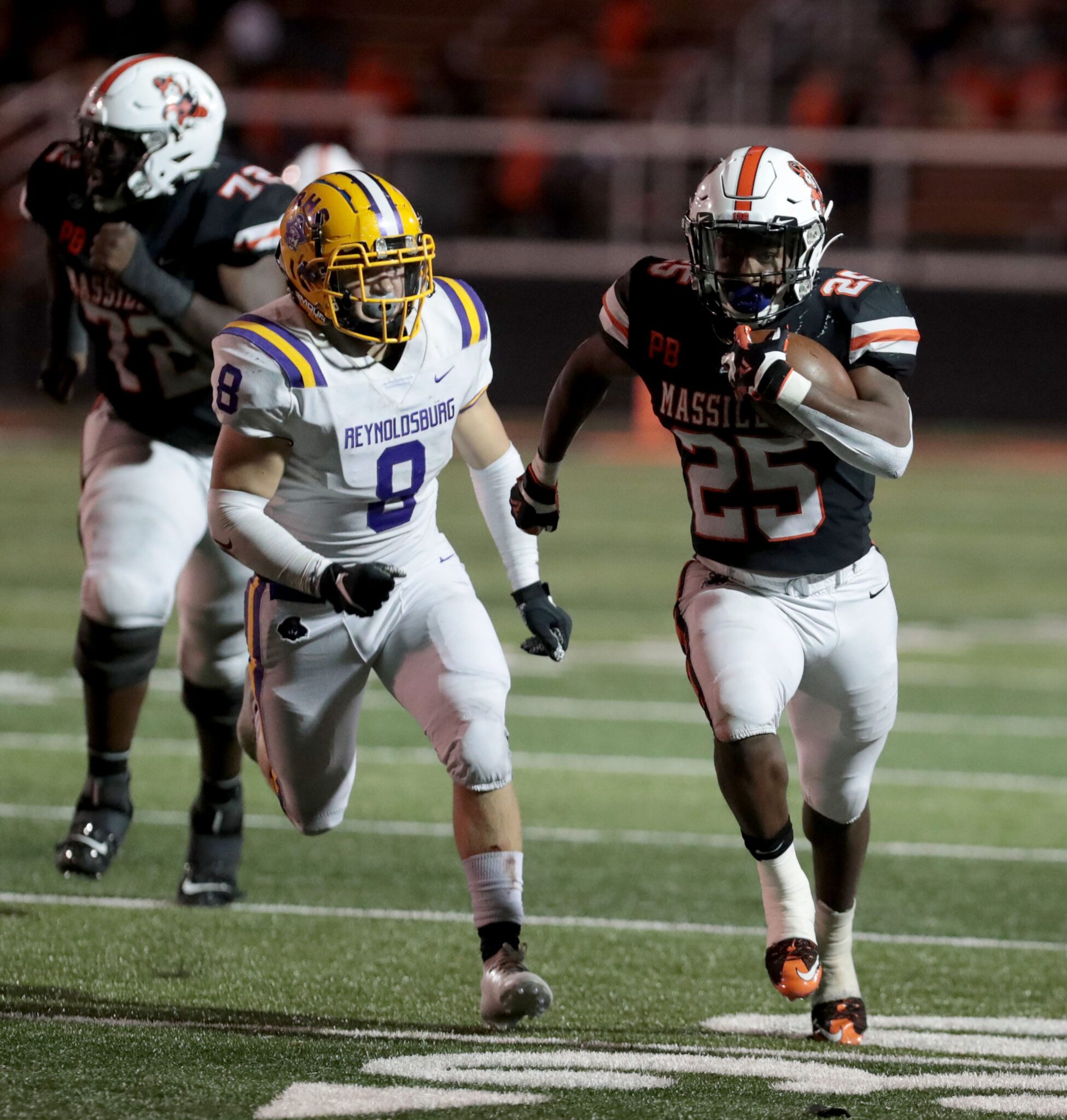
Single season touchdowns (tie) and points – In 2022 Hartson scored 34 touchdowns and recorded 208 points. Four scores were against both Cincinnati Moeller and Austintown Fitch, while three each were against six other teams. In fact, Hartson tallied points in 13 of the 14 games in which he played. His longest run was 79 yards, against Big Walnut, with a second longest of 63 yards, against Canisius, NY. All of the TDs, except two, were on the ground. Those two were on pass receptions of 43 and 20 yards. Massillon that year finished with a 12-2 record and advanced in the playoffs to the state semifinals. Hartson’s best game was in 2020 against Westerville South when he rushed 27 times for 324 yards and three touchdowns in a 45-36 victory. The yardage stands today as Number One in the single game rushing category.
Jamir Thomas (2015-18): 2 records

Career touchdowns and points – Thomas played linebacker during his freshman season, but was moved to running back for the remainder of his career. In his sophomore year he scored 10 touchdowns and 60 points, with the team finishing 8-3. In his junior year he scored 21 touchdowns and 126 points, with the team finished 10-4, while advancing in the playoffs to the state semifinals. In his senior year he scored 25 touchdowns and 152 points, with the team finishing 14-1, while advancing in the playoffs to the state finals. Thus, Thomas finished his career with 57 touchdowns and 344 points. All but one of the TDs were on the ground. His best game came against Canton McKinley in 2018 when he rushed 35 times for 269 yards and two TDs in a 24-17 victory.

The MassillonTigers.com website maintains all of Massillon’s football records, which can be found at this link. Below are the record setters for the receiving category.
Devin Jordan (2000-02): 6 records

Single season receptions, yards, touchdowns (tie), average yards per game and average receptions per game – During his 2001 junior season Jordan caught 98 passes for 1,492 yards and scored 18 touchdowns. The quarterback that year was Justin Zwick and the team finished with a record of 12-2. Jordan followed that up during his senior year with 45 receptions for 893 yards and 12 TDs, with an average of 19.8 yards per catch and 7.0 receptions per game. The quarterback that year was Matt Martin and the team ended with a record of 11-3 and advanced in the playoffs to the state semifinals.
Jayden Ballard (2017-20): 4 records

Longest reception – In 2019 Ballard was on the receiving end of a 95-yard pass for a touchdown. The score came against Monroeville Gateway of Pennsylvania and was thrown by quarterback Aidan Longwell. Ballard caught five passes that day for 145 yards in a 48-12 victory.
Austin Kutscher (2016-17): 3 records

Single game receptions – In the 2017 game against Canisius, NY, Kutscher caught 17 passes for 208 yards in a 45-39 victory. His longest receptions went for 42, 26, 23 and 20 yards. Ironically, he did not score a touchdown during that game.
Wendell Lohr (1932-34): 1 record
 Single game touchdowns – In 1934 Lohr caught five touchdown passes against Barberton in a 54-0 victory. The TDs were of 16, 44, 10, 29 and 20 yards. The first three gave the Tigers a 20-0 lead. On the passing end of the touchdowns were Bob Shertzer (2 TDs) and Mike Byelene (3 TDs), who were tossing the ball in place of the injured Howard Dutton. Lohr also returned a punt for a 50-yard score. Massillon finished 9-1 that year under head coach Paul Brown.
Single game touchdowns – In 1934 Lohr caught five touchdown passes against Barberton in a 54-0 victory. The TDs were of 16, 44, 10, 29 and 20 yards. The first three gave the Tigers a 20-0 lead. On the passing end of the touchdowns were Bob Shertzer (2 TDs) and Mike Byelene (3 TDs), who were tossing the ball in place of the injured Howard Dutton. Lohr also returned a punt for a 50-yard score. Massillon finished 9-1 that year under head coach Paul Brown.Jim Wood (1957-59): 1 record
Austin Jasinski (2014-16): 1 record
 Single game average yards per reception – In 2016 Jasinski caught three passes for 140 yards and scored a TD off of each catch in a 75-7 win over Toledo Bowsher. The receptions went for 74, 14 and 52 yards, with an average of 46.7 yards per catch. The quarterback was Seth Blankenship. Jasinski also returned a punt 80 yards for a score. The team finished with a record of 8-3.
Single game average yards per reception – In 2016 Jasinski caught three passes for 140 yards and scored a TD off of each catch in a 75-7 win over Toledo Bowsher. The receptions went for 74, 14 and 52 yards, with an average of 46.7 yards per catch. The quarterback was Seth Blankenship. Jasinski also returned a punt 80 yards for a score. The team finished with a record of 8-3.Andrew Wilson-Lamp (2018-19): 1 record
 Single game receiving yards – Wilson-Lamp had a career day to open the 2019 season by catching 11 passes for 232 yards and a touchdown in a 44-14 win over Akron St. Vincent. The TD went for 45 yards on a pass from quarterback Aidan Longwell. Wilson-Lamp also had receptions of 51, 40 and 24 yards.
Single game receiving yards – Wilson-Lamp had a career day to open the 2019 season by catching 11 passes for 232 yards and a touchdown in a 44-14 win over Akron St. Vincent. The TD went for 45 yards on a pass from quarterback Aidan Longwell. Wilson-Lamp also had receptions of 51, 40 and 24 yards.Emy Louis Jr. (2023): 1 record
 Career average yards per reception – During 2023 Louis caught 14 passes for 364 yards and 7 touchdowns, with an average of 26.0 yards per reception. The team that year finished 16-0 and captured the Division II state championship.
Career average yards per reception – During 2023 Louis caught 14 passes for 364 yards and 7 touchdowns, with an average of 26.0 yards per reception. The team that year finished 16-0 and captured the Division II state championship.Top Tens
Five players have dominated the single game, single season and career receiving records book. Below are the number of spots each holds throughout the various Top Tens:

The MassillonTigers.com website maintains all of Massillon’s football records, which can be found at this link. Below are the record setters for the passing category.
Justin Zwick (2000-01): 9 records
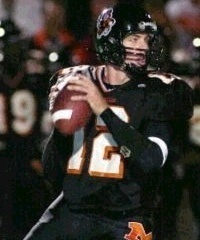
Single game yards – In a 48-27 victory over Dayton Chaminade during the 2001 season, Zwick completed 24 of 39 pass for 407 yards and four touchdowns. On the receiving end were Devin Jordan (206 yards) and Joe Jovingo (137 yards).
Aiden Longwell (2016-19): 6 records

Kyle Kempt (2010-12): 4 records
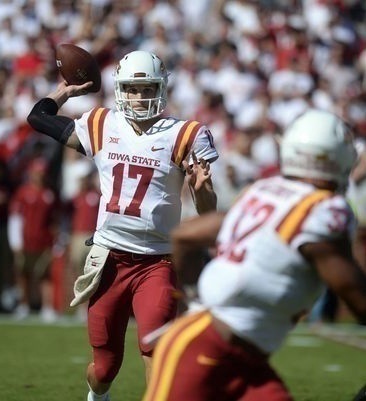
Single game completions (tie) – In a 2012 game against Canton GlenOak, the Tigers trailed throughout, forcing Kempt to throw 41 passes. A record total of 29 were completed for 327 yards and a touchdown, but not enough to pull out the win. The final score was 26-24.
Jalen Slaughter (2021-24): 3 records
 Single game completions (tie) – Slaughter had a career day in the 2024 season opener against NFL Academy-London, completing 29 of 44 passes for 403 yards and three touchdowns. Braylyn Toles caught nine of his passes and Ricardo Wells caught seven. Massillon won the game, 35-20.
Single game completions (tie) – Slaughter had a career day in the 2024 season opener against NFL Academy-London, completing 29 of 44 passes for 403 yards and three touchdowns. Braylyn Toles caught nine of his passes and Ricardo Wells caught seven. Massillon won the game, 35-20.Zach Catrone (2018-20): 3 records
 Single game yards per attempt, completion percentage and pass efficiency – Catrone led the Tigers in 2020 to the playoff state finals. His best outing came against Massillon Perry in the playoff regional finals, when he completed all ten of his pass attempts for 234 yards and three touchdowns. He set records for 100% pass completion, 23.4 yards per attempt and 395.6 efficiency rating. Seven of the passes and all three touchdowns went to Jayden Ballard, on tosses of 72 yards, 15 yards and 33 yards. Andrew Wilson-Lamp also caught a 72-yard TD pass. The Tigers won the game, 43-13.
Single game yards per attempt, completion percentage and pass efficiency – Catrone led the Tigers in 2020 to the playoff state finals. His best outing came against Massillon Perry in the playoff regional finals, when he completed all ten of his pass attempts for 234 yards and three touchdowns. He set records for 100% pass completion, 23.4 yards per attempt and 395.6 efficiency rating. Seven of the passes and all three touchdowns went to Jayden Ballard, on tosses of 72 yards, 15 yards and 33 yards. Andrew Wilson-Lamp also caught a 72-yard TD pass. The Tigers won the game, 43-13.Dave Null (1959-60): 2 records
 Joe Sparma (1957-59): 1 record
Joe Sparma (1957-59): 1 record
Anthony McCormick (2008-10): 1 record